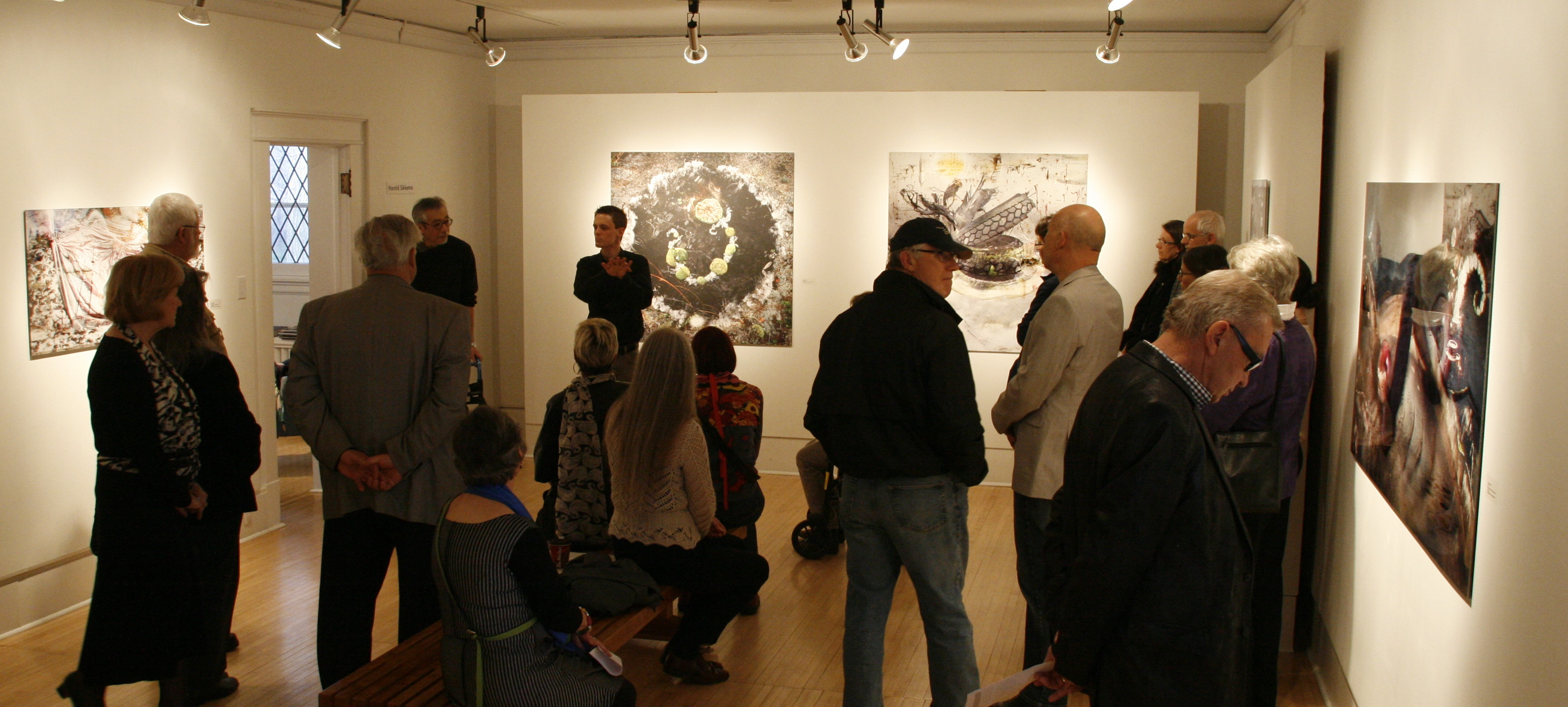I don’t make “originals” in the traditional, physical sense. It’s true that this is partly the outflow of working digitally, but it also has to do with the way I want to understand community. Wonder with me: can the locus of originality really be in an object? Isn’t it better found in conversations and relationships? To me, a work of art is “original” when it sparks new and original connections: the sharing and meshing of stories. So when it comes to producing prints, I’ve always seen the open edition as a more inclusive option: as a way to enable more human connection and more sharing. It’s not a question of hitting the “copy” button, but rather, making available a place for another person in a circle. In this model, scarcity cannot add value, but multiplicity (of people and engagement) adds all the value. Of course there has long been the notion of (investing in) art as commodity, and the scarcity factor in determining value. And there remains a place for having good limit(s), as with Limited Edition prints. But given how much real scarcity I encounter, I do wonder: is artificial scarcity really helpful? It remains to be seen whether this model is scalable. I lack the hospitality to support an infinite crowd. And while capitalism (love it or hate it) endures as one of our essential stories, money will remain a way of expressing commitment and assigning value. To fit your budget (or, perhaps, to overthrow it) my art is available in many accessible formats and prices. I think about these products as “incarnations” because they are each uniquely formatted and scaled to fit a space, but more importantly, a particular person. Whether or not you find my work compelling, I invite you to give expression to your own aesthetic values, be it in financial terms or otherwise. Often, the artists who work to nourish our collective imagination do so within a very fragile practice. For this (way of life) to survive, your input is essential. I’m looking forward to the conversation!
